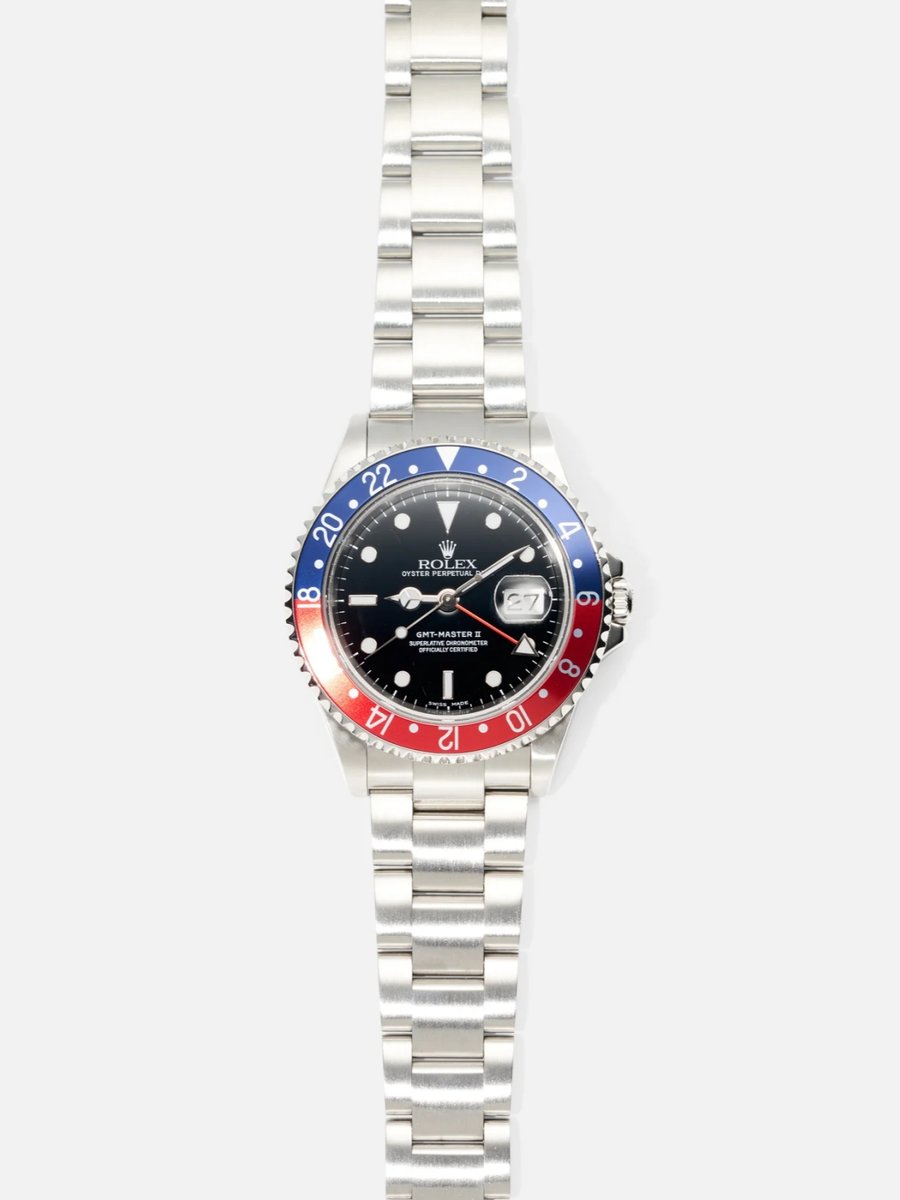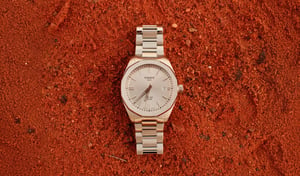A brand that has confounded scholars, collectors, retailers, and just about the entire world for decades; Rolex still enjoys an inscrutable advantage over virtually all its rivals – a fact that’s plain as day when you look at the brand’s performance in the secondary market.
Even after the cooling off of interest from crypto and fashion speculators in recent years, the Rolex marketplace is still the kind of upside-down dimension in which you’ll pay upwards of US$22,000 for a used steel Daytona – and that’s considered a ‘fair’ price.
To be sure, nothing about this phenomenon is what we’d call unprecedented or new ground. Prices for stainless steel sports watches from Rolex’s contemporary line-up have sustained their high for years now.
So, rather than a long – and ultimately futile – rant about arbitrage, artificial supply shortages and ongoing lack of individualism in mainstream watch culture, I thought you’d be better served with a timely reminder that there’s a lot of vintage Rolex worth collecting in 2023.
Y’know – instead of yet another ceramic Submariner.
RELATED: How To Spot A Fake Rolex – A Comprehensive Guide On Sidestepping The Fugazis
GMT-Master II ‘Pepsi’ (Ref. 16710)

Part of the last generation of honest-to-Hans vintage Rolex watches, the GMT Master-II Ref. 16710 combines modern functionality with numerous small, serialised variances that are the cornerstone of any serious Rolex collection.
Right on the cusp of what would be considered vintage by watch culture at large (i.e. at least between 20-30 years old) the 16710 benefited hugely from the integration of then-modern technologies around the time it entered into production in 1989.

Chief among these is the quickset date – which may be adjusted forwards and backwards – and the introduction of Luminova indexes (starting in 1998).
This particular example offered by the London-based dealer Subdial is from late in the 16710’s production run; and while the bezel isn’t quite in ‘mint condition’, its aluminium construction has a ton of ageing potential that is now wholly absent from its ceramic successors.
Datejust ‘Pie Pan’ (Ref. 16013)

A lineage of Rolex watches – both vintage and modern – that needs little introduction, there is perhaps no other watch design that has been so incessantly copied as the Oyster Perpetual Datejust.
Combining a fluted bezel; cyclops-style date window; beveled bracelet; and self-winding movement, there’s an argument to be made that the Datejust kicked off the whole craze for ‘sporty chic’ wristwatches.

This particular example, the Ref. 16013, is available via a dealer in Rostock, Germany. Like a lot else in the vintage watch market, this 16013 demonstrates strong collectability on the balance of several factors – crucially its condition. In particular, the dial shows very little signs of wear; with the handset and indexes all equally crisp and unadultered.
Day-Date ‘Bark’ (Ref. 18248)

An exceptional case study in the somewhat indefinable romance of vintage watches (ditto vintage Rolex), this Ref. 18248 Day-Date is part of an even smaller subsect of the eponymous vintage Rolex watch sporting what collectors call the ‘bark’ finish.
The striated metal-working technique, first introduced in the 1960s, changes up the aesthetic of the bracelet and bezel from your standard Day-Date considerably. Of course: $30,000+ is a lot of bread to be dropping on an old, Baroque-y model that laypeople will associate with politicos of the past but what you’re getting for your trouble is – dare I say it – as close to anything in watch land as ‘investment grade’.
A really impressive synthesis of rarity, condition, and meticulously documented provenance – available through Shuck The Oyster Berlin.
Air King, ‘linen’ dial (Ref. 5520)

The most affordable vintage Rolex I’ve recommended by quite a sizable margin, the Ref. 5520 is a derivation of the original family of Air King 5500 watches which first appeared in 1957. Pitched, at that time, as the simplest and most accessible model the Coronet had on offer; it makes a lot of sense that the design’s origins lay with British RAF fliers.
Emulating the size of the original 34mm Air King, the Ref. 5520 was aimed squarely at a number of non-Western markets (i.e. Hong Kong, where this example is offered for sale). Both the signature Oyster case and rivet bracelet are gold-plated – owing to worldwide gold shortages that resulted from economic measures undertaken by the Nixon presidency around the time the Ref. 5520 was first introduced.
In well-worn condition, this individual Air King is most definitely a ‘love it, hate it’ kinda situation. Looking beyond the obvious patina and surface abrasion, I’m still struck by how lovely many of the small details are: from the retro-futuristic ‘Air King’ typeface to the gauzy, linen-esque finishing on the dial.
Oysterquartz (Ref. 17000)

A vertical of vintage Rolex watches that has become increasingly collectible in the past decade, the Oysterquartz is a derivation of the iconic Datejust – with Ref. 17000 being among the brand’s first serially produced piezoelectric family, manufactured between 1977-2001.
An unusual watch by the famously orthodox standards of the Coronet (putting a stone dial on a Rolex Daytona doesn’t exactly scream ‘innovation’) the Oysterquartz demonstrates a number of interesting aesthetic traits: most notably the C-shape style case – in which the lug and flank are integrated – and a bracelet that sits outside the DNA of the Oyster or Jubilee.
Once again, this particular pre-owned Rolex Oysterquartz is offered by the reputable folks over at Subdial – complemented by box, papers, and even a recent service report from 2017.
















